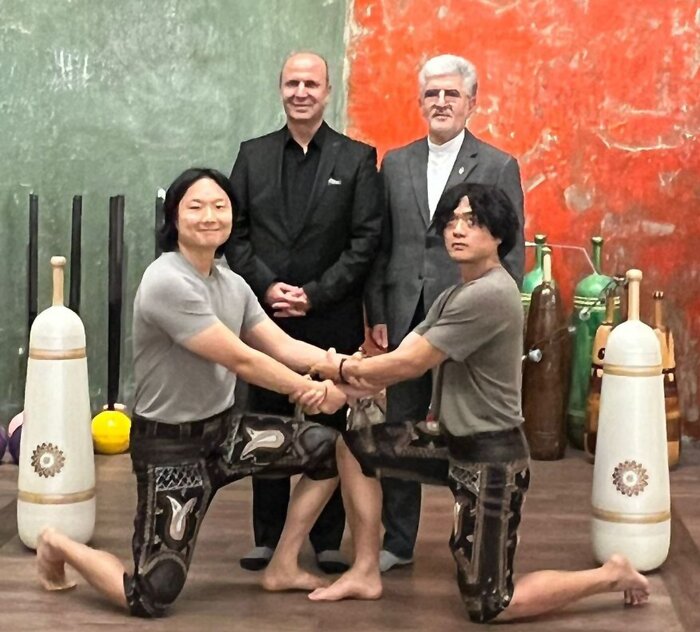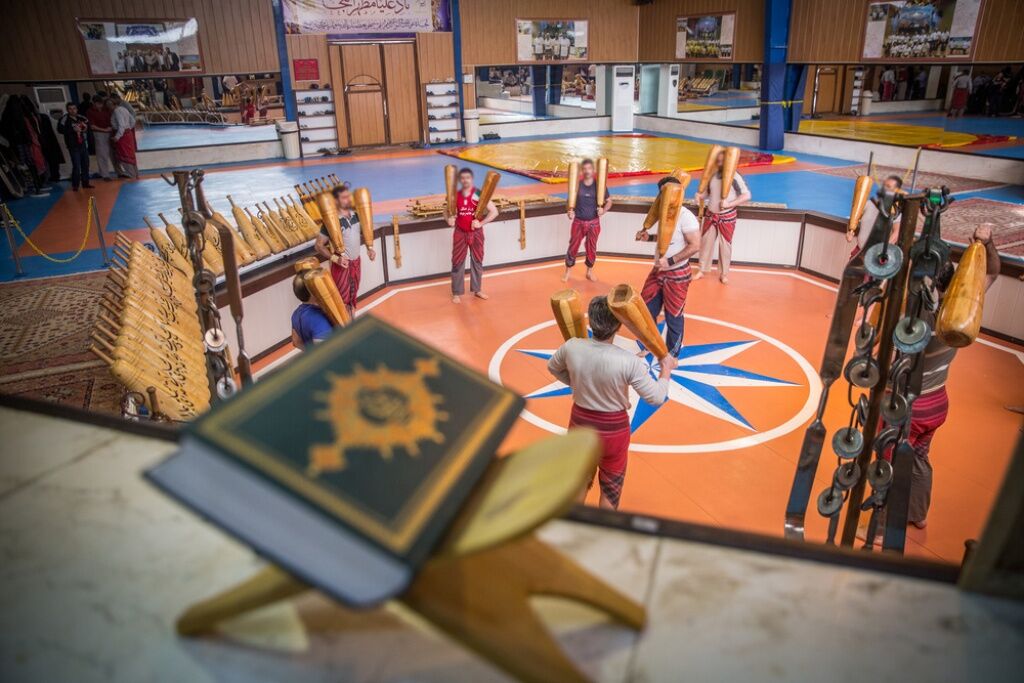This article was originally published on FIFA Training Centre – FIFA’s resource for training sessions, tactical and technical analysis and much more.
For every FIFA tournament, we deploy our Technical Study Group to analyse every game technically, tactically, physically, and from a mentality point of view. We do this to identify what world class looks like, and to establish the football trends that are emerging in the modern game.
Led by Arsène Wenger, Chief of FIFA’s Global Football Development Division, the TSG analyses the games through the coaching and technical lens, while our Football Performance Insights team generates and decodes the data that is collected by our extensive team of analysts. During and after each tournament, all this information is verified and married together by our team of experts, to create the true picture of what is happening at all levels of the game.
This information, when compared with previous tournaments, gives us a true insight as to how the modern game is changing and evolving. These metrics provide valid points of reference from which we can benchmark performance, winning characteristics, player development pathways, coach education and talent development programmes for all 211 member associations.
In this article, we explore some of the numbers that emerged from FIFA Women’s World Cup Australia and New Zealand 2023™ before exploring some of the key winning characteristics of successful teams in further detail.
Increased Competitiveness
Despite in the increase in participating teams from 24 to 32 in 2023, this was the most competitive FIFA Women’s World Cup when compared to 2019 and 2015.
According to Chan Yeun Ting from the TSG, “It was really interesting. Before this World Cup there were concerns that there would be big scorelines, but it didn’t happen. The tournament debutants were very competitive, extremely well organised and had solid structures. Teams were very difficult to break down and the defensive strategies of teams really improved. The standard of goalkeeping improved, attacking teams had less time and space to get attempts at goal, and the game management was better.”
Even with 12 additional matches played, when the tournament data is normalised, the number of goals per game reduced by 9 per cent to 2.56 in 2023 compared to 2.81 in both previous competitions.
With eight teams making their tournament debuts, there were some concerns about how these teams would fare against nations that had more World Cup experience. However, FIFA’s decision to expand the tournament, as part of our commitment to women’s football development, was vindicated with very competitive group stages where the goals per game (2.65) reduced by 12 per cent since 2015.
In addition, the number of clean sheets increased by 14 per cent since 2015 with impressive whole-team defensive performances. There were ten 0-0 draws (with extra-time included) in 2023 compared to just four in 2015 and 2019 combined.
Nadine Angerer feels the improvement in the standard of goalkeeping is a key contributory factor also.
“The goalkeepers really surprised me, there was such a big difference from previous tournaments. Their offensive involvement when their teams had the ball was excellent as they were confident and composed with the ball at their feet and in their distribution. They had such variety in their passing and were able to do it under pressure. We also saw high levels of game awareness and the vision to see space. When their teams did not have the ball, they protected the space behind the defensive lines, allowing their defences to play higher and they were much more involved in the game, and were stronger and more confident in the air. We also saw some very big saves. It was impressive.”
There were 2.56 goals per game in 2023, down 9% from the previous two tournaments.
Age profile
Player development in the women’s game is growing at an exponential level. As more clubs become fully professional and have full-time academies, we are seeing young players progress to the senior game early in their careers. Interestingly, 42 per cent of players under the age of 21 in this tournament were representing new participants, with Haiti (10), Panama (5) and Zambia (5) with the highest number of U21 players in their squads.
Colombia winger, Linda Caicedo (18) and Spain forward, Salma Paralluelo (19) were among the standout young talents in this competition. Both players also starred for their countries in the 2022 instalment of the U-20 (Costa Rica) Women’s World Cup, while both also represented their countries at U17 level with Caicedo playing in all three competitions within eleven months.
The progression of U-21 players at senior level is particularly interesting according to Gemma Grainger.
“It’s a sign of the continued investment in youth level and the exposure these players are getting to play with, and against, higher quality players in tournaments and at their clubs. Countries have been identifying their high potential players earlier and are working out ways to enhance their development. These young players are so technical, physical and game aware and have no issues playing in front of large crowds,” she explained.
When we extend the age-profile metric to under 25 and over 25 and compare it to 2019, we get an interesting insight into the senior squad evolution of different countries. Runners-up, England, had the biggest shift in squad age profile from 2019 with seven more players under the age of 25 than four years previous, while Norway and Canada had six players more over 25 than in 2019.
Squad management and use of substitutions
In 2023, and for the first time in a FIFA Women’s World, teams had the ability to make five substitutions in the game (not including concussion subs). This increased opportunity for in-game changes led to high numbers of outfield players getting game time during their team’s participation in the competition.
For Chan Yeun Ting from our Technical Study Group, being able to make five substitutions is significant. “The possibility of making five changes gives more choice to the head coach and more options. It enables the coach to make tactical changes earlier and bring in players that can really change things. Often in previous World Cups, substitutions were like-for-like, but now the coach can really alter the game tactically. The extra changes mean teams can sustain high levels of performance and the speed of the game does not diminish in the latter stages. It also means more players get playing time and this is great for their development.”
Of the 32 teams, seven (France, Portugal, Spain, Sweden, China, Japan, Netherlands and Norway) used all of their outfield players during the tournament, while no team used less than 17 outfield players. There is no direct correlation between the number of players used and progression in the competition. Winners, Spain, use all outfield players while runners-up, England, used 17.
When compared to 2019 (when each team was permitted just three substitutions each), more subs were used in 2023 but the new quota (five each) was not fully utilised. In 2019, an average of 5.6 subs were used per game while in 2023, the average was 7.4 per match.
Interestingly, winners Spain, used their full quota of five substitutes in five of their seven games. Squad depth, time remaining, the score line, the relevance of the score, and upcoming games are all relevant factors in a head coaches’ decision to make a sub.
Summary
Despite increasing from 24 to 32 participants, FIFA Women’s World Cup 2023 was a more competitive tournament than in 2019 or 2015. With fewer goals scored per game and more clean sheets than in the previous two competitions, there is progression in the level of competitiveness.
The readiness of young players to compete at senior level earlier in their careers was noted in this tournament and the increase in tournament participants from 24 to 32 gave more teams exposure to playing in a World Cup. In addition, the continued professionalisation of the women’s game and of full-time club academies are contributing factors in this evolution.
The increased allowance of five normal substitutions per team per game, is also paving the way for more players to get game time during the World Cup which further enhances their development and the head coach’s ability to make changes earlier and with greater tactical diversity.
- نویسنده : محمدمهدی اسماعیلی رها






























Saturday, 13 September , 2025